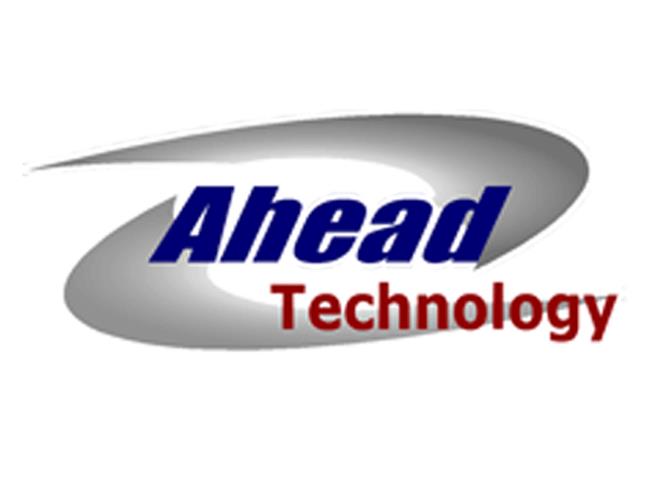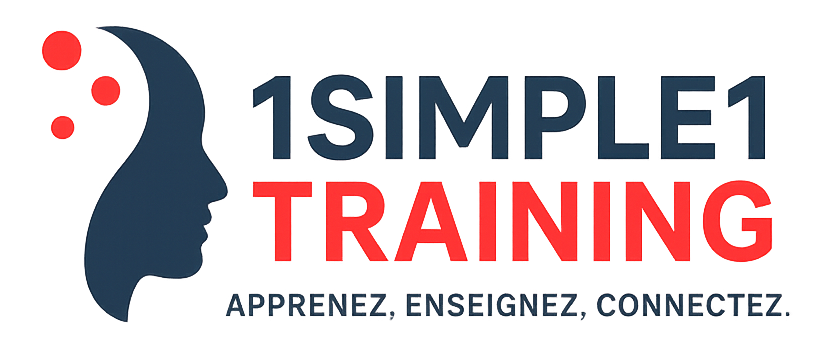Effectively manage IT architecture with TOGAF
Course Curriculum
13 sectionsThe Effectively Manage IT architecture with TOGAF is a training course.
Candidates will be required to follow the training in self-study mode or online at their convenience, considering the 06 to 12-month training deadline.
Pre-recorded videos and materials are made available to the candidate for further training.
The Open Group Architecture Framework (TOGAF®) has become a de facto standard for enterprise architecture for several years.
Based on proven practices defined by more than 450 members, TOGAF® facilitates and guides the development and governance of architectures. It presents itself as adaptable for any organization and independent of any industry.
This practical internship will teach you how to use the TOGAF® framework to efficiently set up and manage the architecture of your information system.
Not applicable
- Anyone who wants to discover, in a practical way, how to develop and manage the architecture of an information system.
- Architects
- Project managers and directors
- IT Managers
· Master the essential concepts of TOGAF®
· Understand the company's business architecture, technical architecture and its stakeholders
· Setting up and managing the IT architecture
· Align the IT with the company's strategy and guarantee its security
Face-to-face or distance learning.
No prerequisites for this training. However, a first knowledge of enterprise architecture is advised.
The Essential Concepts of TOGAF®
What is a repository? Architecture standards: TOGAF®, ITSM, ISO 42010, OASIS, COBIT.®
· Enterprise architecture governance according to TOGAF® and ISO 42010.
· Architecture, its stakeholders and architectural styles.
· A method of architecture development: ADM and its phases.
· Architectural deliverables: views, artifacts, building blocks.
· Architecture management tools, the repository, the architecture continuum.
Case Study
Discovery of the case study: study of the characteristics of the proposed company. Organization of the response to a call for tenders for the development of enterprise architecture.
The company's business architecture and its stakeholders
· The reformulation of the company's strategy and its areas of activity.
· Ontology, business objects, and data architecture.
· Business architecture and its meta-model.
· Core business activities and skills.
· The reference business models.
· Business processes.
· Information and communications technology services.
Case Study
Describe the company's business architecture from the points of view of its stakeholders: general management, business management, marketing management.
Technical architecture and its stakeholders
· Technical architecture and its meta-model.
· Reference models: functional architecture, service-oriented architecture.
· Applications, functions and components.
· Services, features, and components.
· Data and information flows.
Case Study
Describe an enterprise architecture from the perspectives of its stakeholders: data steward, designers, developers, etc.
Use the architecture and organize the governance of the IS
· The architecture and strategy of the company.
· IT architecture and project portfolio management.
· Service portfolio architecture and management.
· The architecture and security of the information system.
· Architecture and outsourcing strategy.
Scenario
Simulation of architecture management on multiple common and critical cases, based on the repository recommended by TOGAF®.
No object.
No object.
No object.
No object.
No object.

